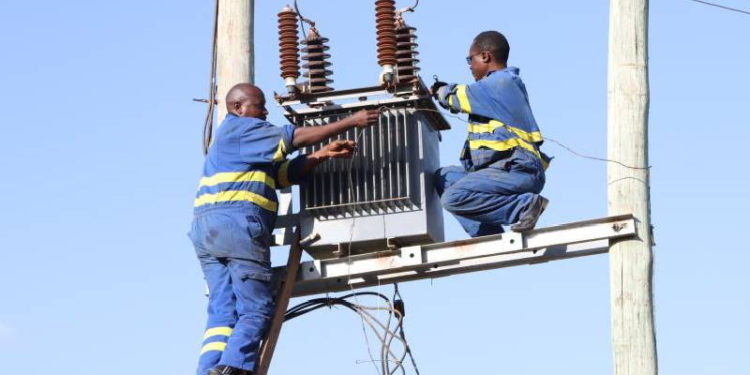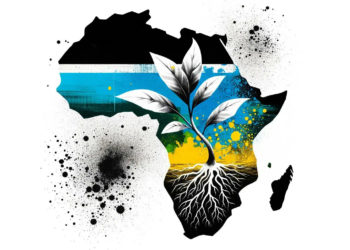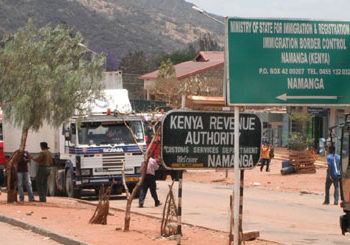The Government of Kenya has confirmed that the country is currently undergoing electricity rationing due to temporary power supply shortfalls. The disclosure comes amid growing public concern over recurrent evening blackouts reported in several parts of the country.
Energy Cabinet Secretary Davis Chirchir acknowledged that the Kenya Power and Lighting Company (KPLC) has been implementing controlled load-shedding during peak evening hours, mainly between 5:00 p.m. and 10:00 p.m. The measure aims to stabilize the national grid and ensure equitable distribution of available electricity across all regions.
“Kenya Power is managing electricity demand during evening peaks to avoid a total grid failure,” Chirchir said during a media briefing on Wednesday.
Causes of the current electricity shortage
According to the Ministry of Energy, the current shortfall has been triggered by reduced hydroelectric power generation following fluctuating water levels in major dams, compounded by increased consumption in urban centers.
Chirchir stated that the government is working closely with the Geothermal Development Company (GDC) and Independent Power Producers (IPPs) to boost generation capacity. Kenya has also resorted to importing power from neighboring countries through regional interconnection systems to stabilize supply in the short term.
Impact on businesses and consumers
The rationing has affected key sectors such as manufacturing, hospitality, and retail, with many small businesses relying on generators and solar power to maintain operations. The Kenya Association of Manufacturers (KAM) has urged the government to issue a clear load-shedding schedule to allow businesses to plan accordingly and minimize production losses.
Meanwhile, the Energy and Petroleum Regulatory Authority (EPRA) has reassured the public that the situation is temporary, noting that power generation will normalize as dam levels recover and new energy sources come online.
Focus on renewable and sustainable energy
Experts say that Kenya’s long-term energy stability will depend on diversifying power generation and investing in energy storage infrastructure. Although Kenya sources approximately 70% of its electricity from renewable energy—mainly hydro, geothermal, and wind—this heavy reliance makes the system vulnerable to weather changes.
The Ministry of Energy has appealed for public cooperation during this period, emphasizing that the current rationing is necessary to prevent national grid instability.
KAM warns of trade disruption as Tanzania election tensions threaten East African stability

















